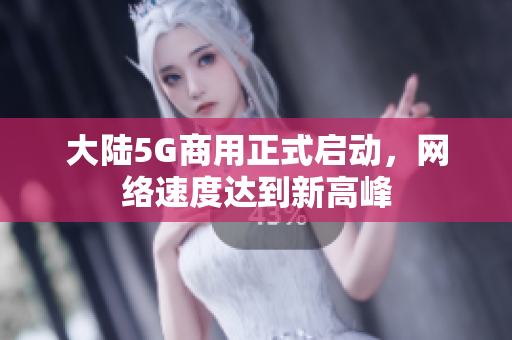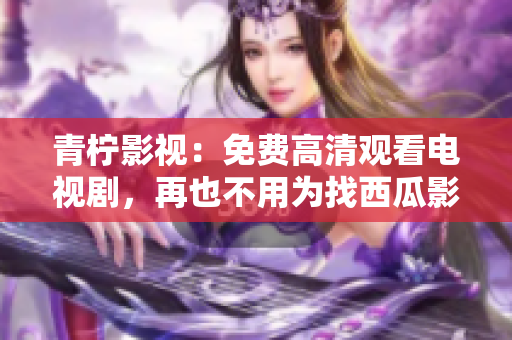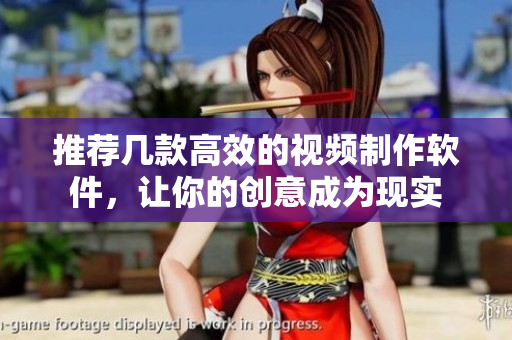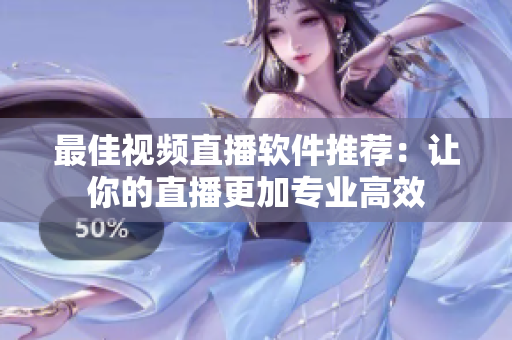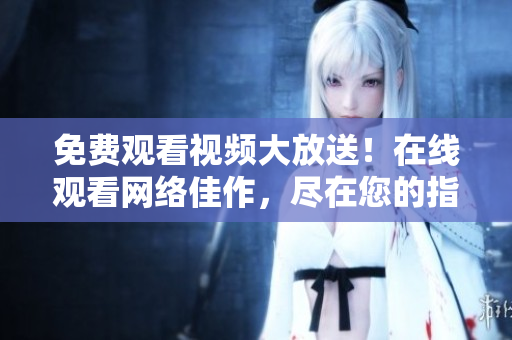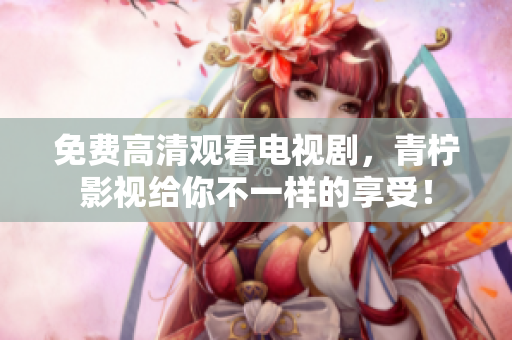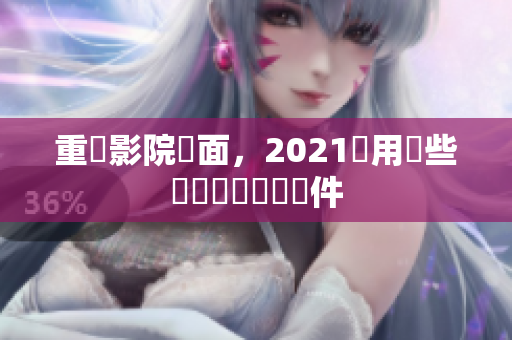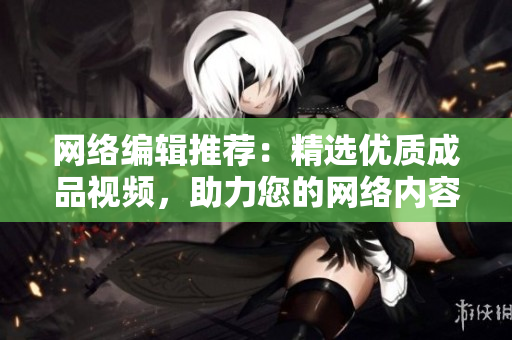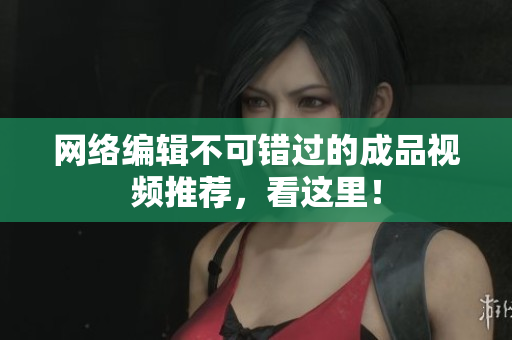Introduction
As a society, we celebrate and value the achievements of great artists, thinkers, and innovators. From the works of Leonardo da Vinci and Shakespeare to Steve Jobs, we look to these individuals as sources of inspiration and creativity. Western civilization, in particular, is renowned for its contributions to the world of arts and culture.
However, as we move into the era of 5G technology and rapid advancements in the digital world, the question arises: how do we balance our appreciation for traditional works of art with our desire for modern innovation? In this article, we will explore this tension and its implications for the future.
The Masters of Western Art
When we think of the great works of Western art, names like Michelangelo, Rembrandt, and Van Gogh come to mind. These artists and their creations have stood the test of time, inspiring generations and providing a window into the human experience throughout the ages.
However, as we enter the 21st century, we find ourselves in a world where technological innovation is at the forefront of our minds. While we still appreciate and respect the timelessness of these classic works, we also seek new ways to interact with and experience art.
The Promise of 5G Technology
Enter 5G technology, the latest development in the world of wireless communication. Promising lightning-fast speeds and a world of new possibilities for connectivity, 5G has the potential to revolutionize the way we experience and create art.
Imagine a world where museums are no longer confined to their physical spaces, but instead offer virtual tours, interactive exhibits, and immersive experiences. Or a world where artists can collaborate in real-time from different corners of the globe, sharing their creative visions without the limitations of distance or time.
The Classroom Conundrum
However, as we look to integrate 5G technology into our lives, we must also consider the impact on traditional forms of education. For example, how do we balance the value of classical Western literature and philosophy with the allure of digital media and gaming?
This is a question that has been posed to educators worldwide, including those in China. Students are encouraged to study the humanities and delve into the works of great Western thinkers, but they are also drawn to the world of 5G gaming and digital entertainment.
The Role of Discipline
In situations like these, discipline is essential. We must find ways to inspire and engage students in the timeless values of literature and art while also acknowledging the inevitability of technological progress. This means creating a balance between classic works and modern technological experiences, using one to enhance the other in a synergistic way.
It also means teaching students the importance of self-control and discipline when it comes to digital media consumption. Just as we must limit our intake of junk food and other unhealthy habits, we must also regulate our use of technology to ensure that we do not sacrifice the richness and depth of human expression for the fleeting pleasures of a virtual world.
Conclusion
In conclusion, we find ourselves in a world where the Western tradition of arts and culture coexists with the rapid advancement of 5G technology. By balancing these two worlds and finding ways to enhance them, we can ensure that the human need for creativity and self-expression remains at the forefront of our cultural consciousness.
While there may be challenges in finding this balance, with discipline and a commitment to education, we can create a future that celebrates both the greatness of Western art and the potential of new technological advancements.

